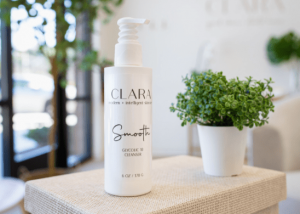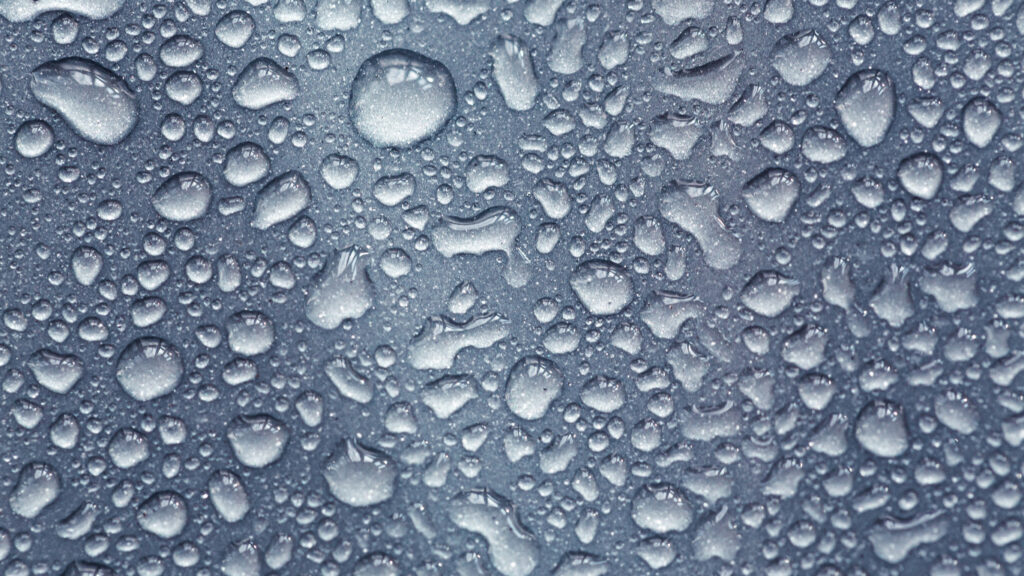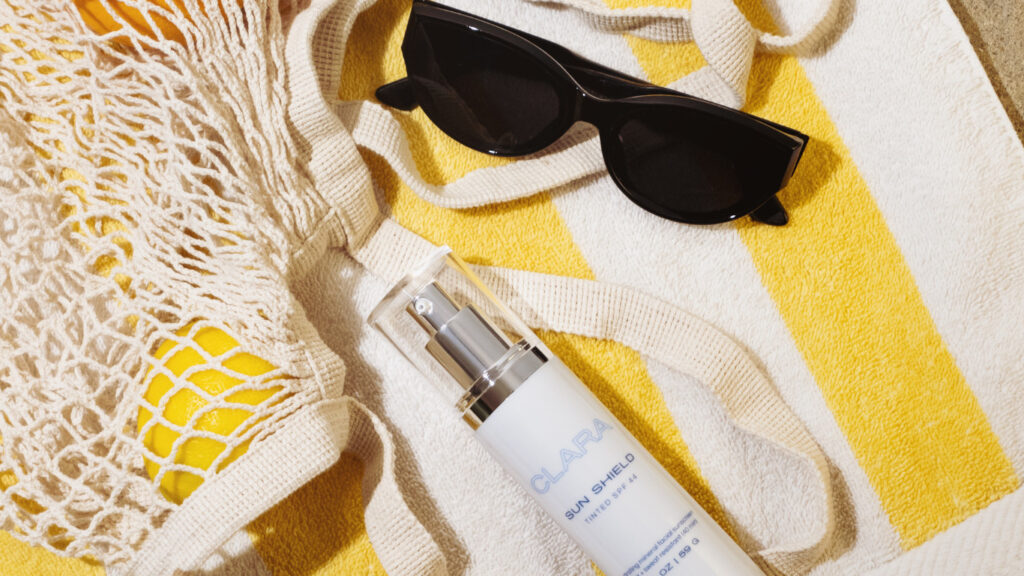What is Glycolic Acid?
Glycolic acid (GA) is an alpha hydroxy acid (AHA). AHAs are frequent ingredients in cosmetic products because they can improve overall skin texture and tone and help with pigmentation issues. Naturally occurring AHAs include GA from sugar cane, lactic acid from fermented milk, malic acid from apples, citric acid and tartaric acid from grapes. However, many of the AHAs used in cosmetics are man-made.
What effect does Glycolic Acid have on my skin?
GA is the smallest AHA, which allows it to easily penetrate the upper layer of skin and act on the living tissues below. AHAs help gently exfoliate the top layer of the skin, or epidermis and increase the production of beneficial components in the deeper skin such as collagen, helping improve fine lines.
What is the difference between at-home and in-office glycolic acid treatments?
Over-the-counter products have lower concentrations of AHAs (typically in the 5-10% range). When used regularly, these products help brighten and gently exfoliate the skin, making them ideal components of many types of skin concerns including acne, sun damage, wrinkles and melasma. The lower concentration products can be used daily, try CLARA Smooth Exfoliating Cleanser. More potent at-home treatments that are used 1-2 times/week have increased in popularity over the past several years.

In office AHA peels can range from superficial to medium depth, again depending on the concentration of AHA. At CLARA, we typically use GA 30% and 50% for superficial peels and 70% for medium depth peels. We apply these solutions very carefully and monitor their immediate effects on the skin during the 5-10 minute procedure. The effect of these solutions depends on the concentration of GA, number of layers applied to the skin, and duration of contact with the skin. Regular use of topical vitamin A formulations at home, such as Retin-A, also allow for better, more even penetration and improved results.
What should I expect after a glycolic acid peel?
Although a single application of GA will produce beneficial results, multiple treatments every 4 weeks are required for optimal results. It is important to understand that glycolic acid peels are chemical peels with similar risks and side effects as other peels. Some of the side effects of AHAs chemical peeling include hyperpigmentation, persistent redness, scarring, so we recommend a consultation with one of our board-certified dermatologists so they can determine which peel or treatment is best for you.
Downtime after a peel depends on the strength of the peel. With superficial peels, mild redness and swelling can occur for several days following the peel, this is typically, but not always, followed by superficial peeling 5-7 days later. Medium depth peels often cause redness and swelling for up to 7 days and peeling between 7-10 days. With any peel, we recommend avoiding the sun and using broad spectrum sun protection until your skin has fully recovered.
Who can use Glycolic Acid on their skin?
Almost anyone, even those with sensitive skin, can use some type of AHA or GA, depending on the product. We can help you figure out what is best for your skin type and skin concerns. Book your appointment today. Good skin starts here – CLARA.





